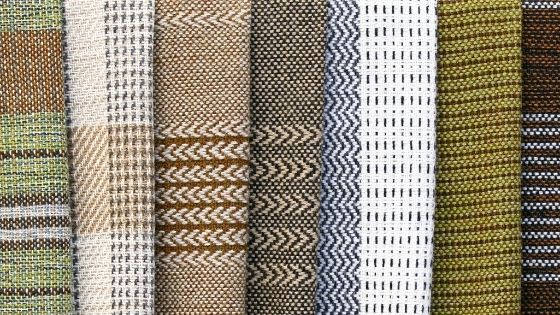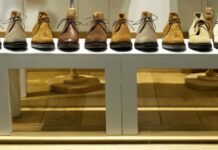Woollen fabrics come in a range of items that people use every day. The fabric has unique properties making it suitable for various uses ranging from bed linens like a wool doona to upholstery. Woollen fabrics are also popular clothing material and come in different price ranges from expensive suits to regular jumpers. The primary advantage of wool is its absorption and breathability.
Wool fabric has fibres with space between them, allowing the skin to breathe, but the fabric also has high water retention abilities. This feature of wool is what makes it the ideal fabric for winter wear. Additionally, wool is also durable, but with proper maintenance, people can extend the life of their wool fabrics.
What Are Wool’s Uses?
Several types of wool fabric exist, and they vary depending on the animal’s coat. Some wool types may have extra features like higher water absorption. Wool fabrics have several uses, including in commercial and industrial processes, but the consumer products using wool are,
Upholstery
Wool upholstery includes all furniture types from sofas to stool, ottomans, etc. Wool upholstery offers several advantages, primarily its look and feel. Wool fabric is thick and soft, making for excellent seating upholstery. Wool also absorbs dye well, reflecting the colours and maintaining a brand-new feel. Today, wool also comes in creative patterns and prints, while earlier tartan was the standard pattern.
Carpeting
Wool carpets are a staple in areas with cold temperatures. Wool retains heat for longer, allowing the soles of the feet to stay warm. Wool carpets add a luxurious feel to the room because of their texture and visuals. People can incorporate wool carpets into any interior decor theme.
Clothing
Wool clothing comes in a range of designs and styles, and designers and manufacturers use several types of wool. Cashmere wool is smooth and light and is suitable for scarves, while Shetland sheep wool is thicker and ideal for jumpers. Woollen clothes are popular in winter wear, but they also come in designer suits, trousers, pants, and socks.
Bed Linen
Bed linen in woollen fabrics includes blankets or a wool doona, throws, bed sheets, pillow and cushion covers, and comforters. All bed linen types come in wool and are ideal for cool temperatures. Wool fabrics can also help maintain body temperatures through the night, helping people have consistent quality sleep. Woollen comforters are also soft against the skin, ensuring maximum comfort.
Taking Care Of Wool
Wool fabric doesn’t require much effort to maintain, and people can use the following tips to extend the integrity of their woollen items.
Wash Wool
Wool fabrics follow similar wash and care instructions to linen fabrics. But people should check the labels to ensure there are no other instructions, like hand wash, which requires gentle washing.
Dry Wool
The ideal way to dry woollen fabric is to use a towel and wrap it around the wool to absorb any extra water. Woollen fabrics should lay flat to dry, or they could end up losing shape. People can also stretch out the material in this state to expand it once dry.
Removing Stains
Wool fabrics stain effortlessly, and people should do immediate damage control with a mild soap. They will have to rub it into the fabric, ensuring they don’t spread the stain.
Storing Wool
Wool is a natural fabric and can attract pests like silverfish that feed on wool. After the wool is completely dry, people should seal them in an air-tight cover and store them. For example, people can fold a wool doona and put it in a large zip lock bag along with some lavender and rosemary. These herbs help keep pests away.
It is the ICI testing machine for pilling as well as snagging employs the tumbling test method to determine the amount of piling and fuzzing of fabric. This test instrument is suitable for the test of friction pilling of knitted combed sparse wool fabrics as well as other fabric that is susceptible to pilling to evaluate the degree of pilling of the fabric in conditions of stress.




















